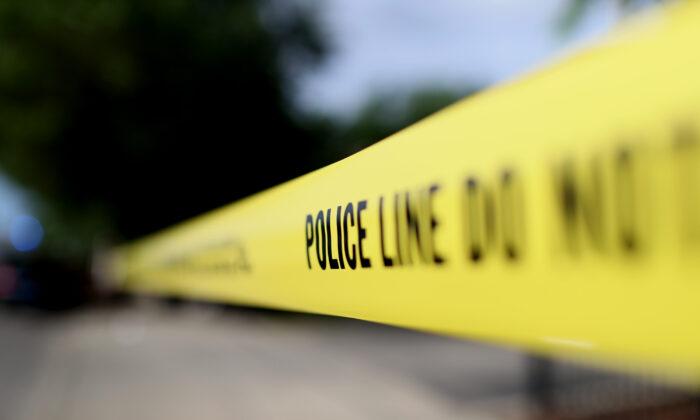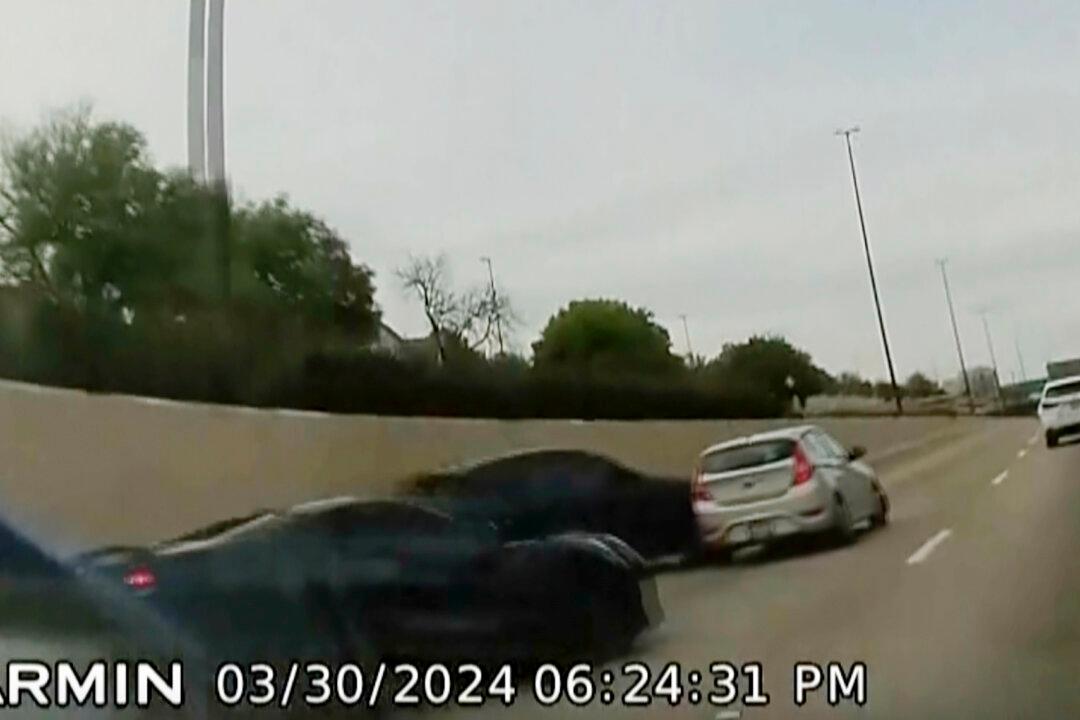MADRID—Three years ago, just after anti-austerity activists demonstrated outside Madrid’s main train station, freelance cameraman Juan Ramon Robles captured riveting video of riot police inside the station beating people who said they had nothing to do with the protests.
Robles won prizes for the footage of a bloodied young man and stunned commuter train passengers, and the images from the Atocha station went viral in Spain and around the world.
Today, he fears, such images might never be seen because of a new public security law that went into effect this week.
A clause in the wide-ranging legislation that critics have dubbed the “gag law” provides for fines of up to 30,000 euros ($33,000) for “unauthorized use” of images of working police that could identify them, endanger their security or hinder them from doing their jobs.
It also specifies that Spaniards’ right to information must be respected. But media lawyers and freedom-of-expression advocates warn the clause is vaguely written, and worry that police could use it to add on charges that come with jail time or to destroy images taken by mainstream journalists, citizen journalists, activists and regular people.
“This law is saying ordinary citizens have the right to record images only when the government authorizes it,” said Esteban Beltran, Amnesty International’s director in Spain.
Robles said Friday that he thinks the new law would have guaranteed his detention at Atocha “for sure, because they were about to but didn’t. This could have given them the tool they needed to and it’s possible my images might have never gotten out.”
The law won’t be an issue for many Spanish news media because they started blurring the faces of officers decades ago, when the images could have made them targets of the ETA separatist group that killed 829 people, including many police, in its campaign for a Basque homeland.
Victora Lerena, president of Spain’s association representing visual journalists, thinks the language about freedom of information will protect journalists, but predicts anyone who tries to take images of police at protests without media organization credentials could be at risk.
Beltran says there is no specific protection for journalists but notes they are usually backed by media companies with resources to fight fines in court.
Spanish officials deny they’re trying to muzzle the free flow of information, saying the law is aimed only at protecting the public and authorities.
But it was pushed through by the ruling conservative Popular Party in the wake of mostly peaceful protests that hit Spain after the financial crisis began in 2008. The demonstrations hit an apex in 2012 and some turned violent as the nation teetered on the verge of economic meltdown, only to be saved by a bailout of its troubled banks.
Critics of the law include the leading opposition Socialist Party, which has said it will rescind it if elected later this year; a panel of five United Nations human rights experts; and the Human Rights Watch advocacy group. The law is also being challenged in the Constitutional Court by opposition parties.





Friends Read Free